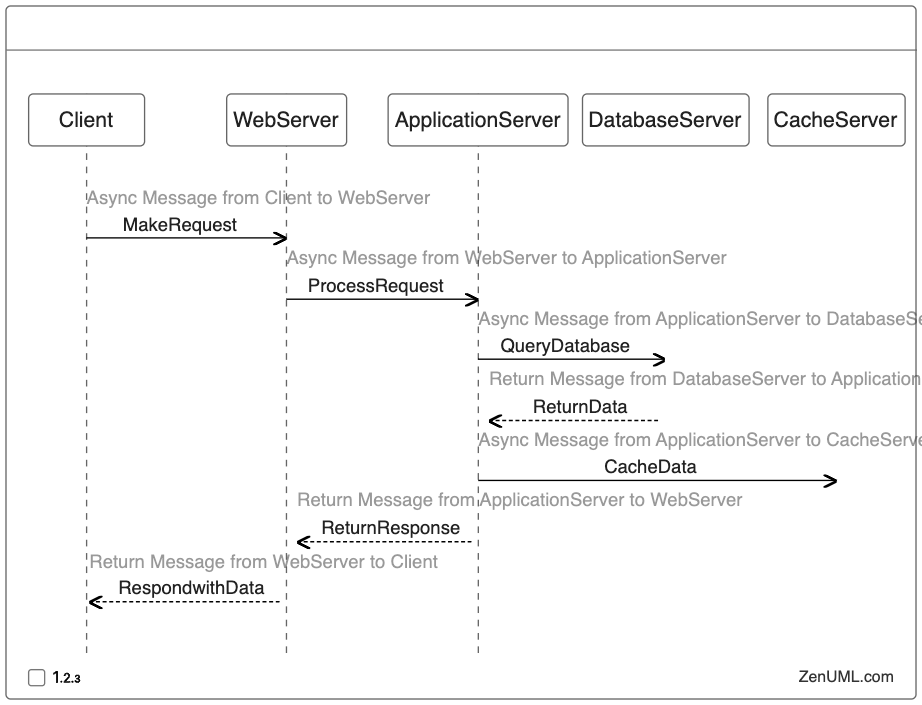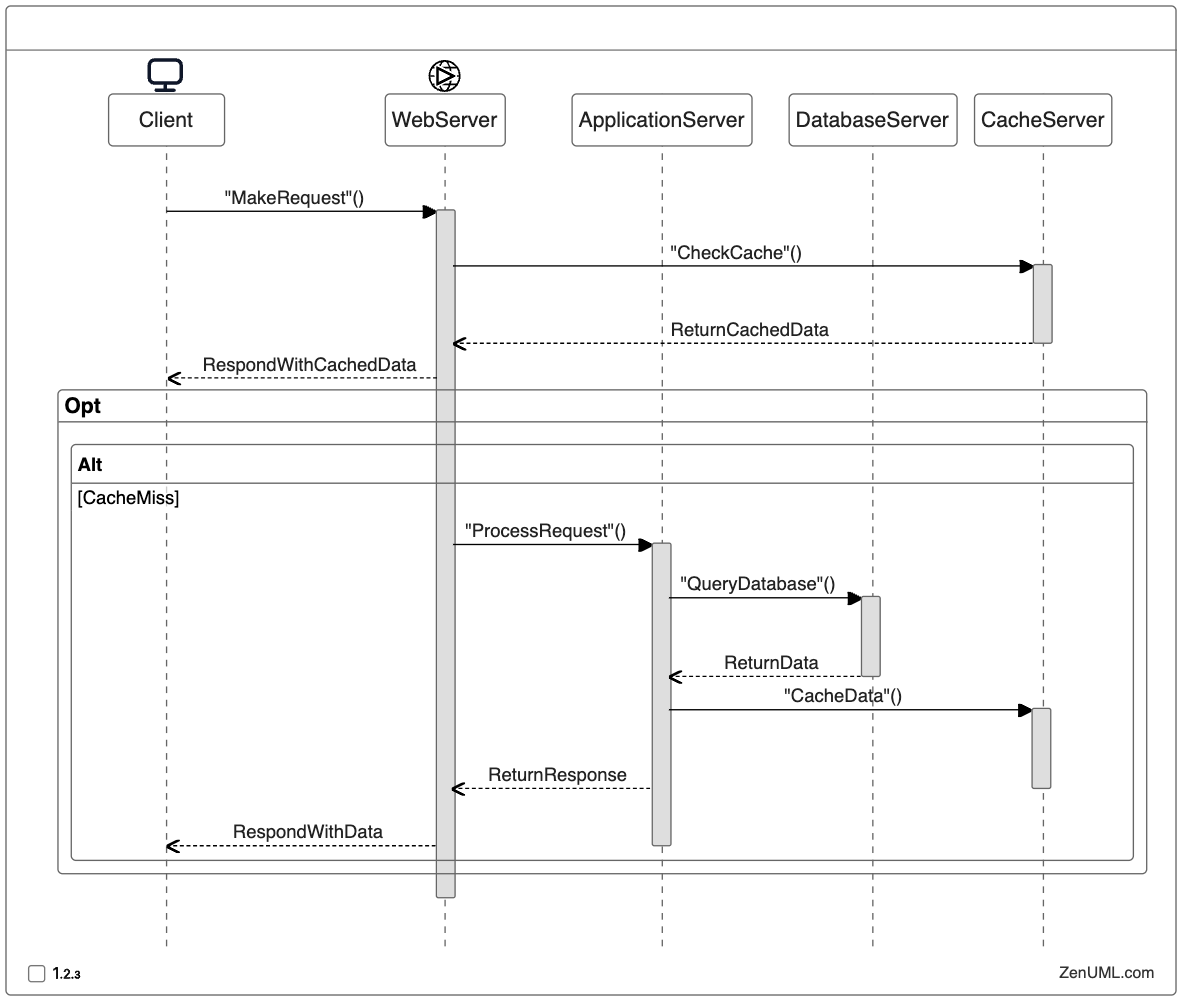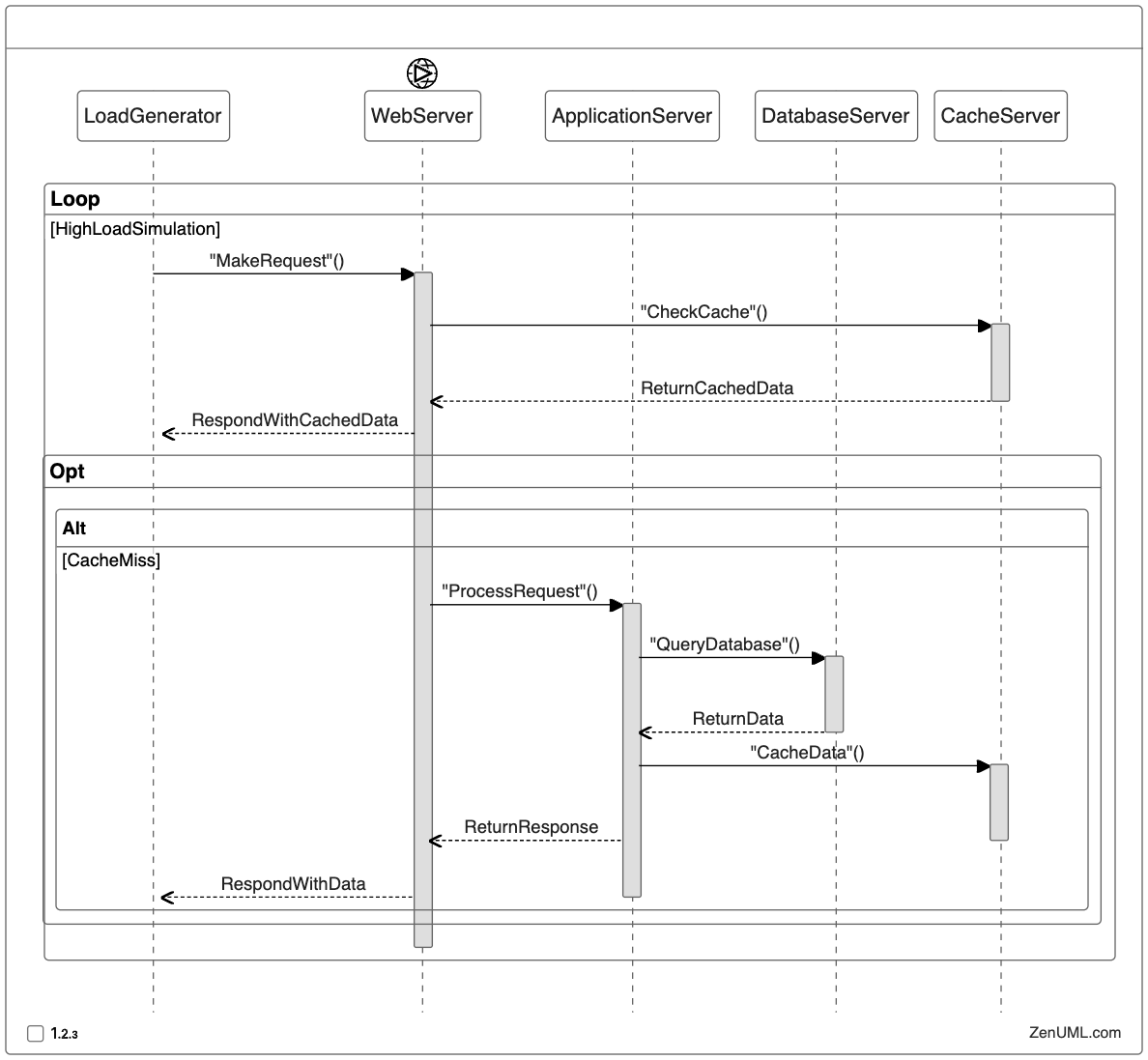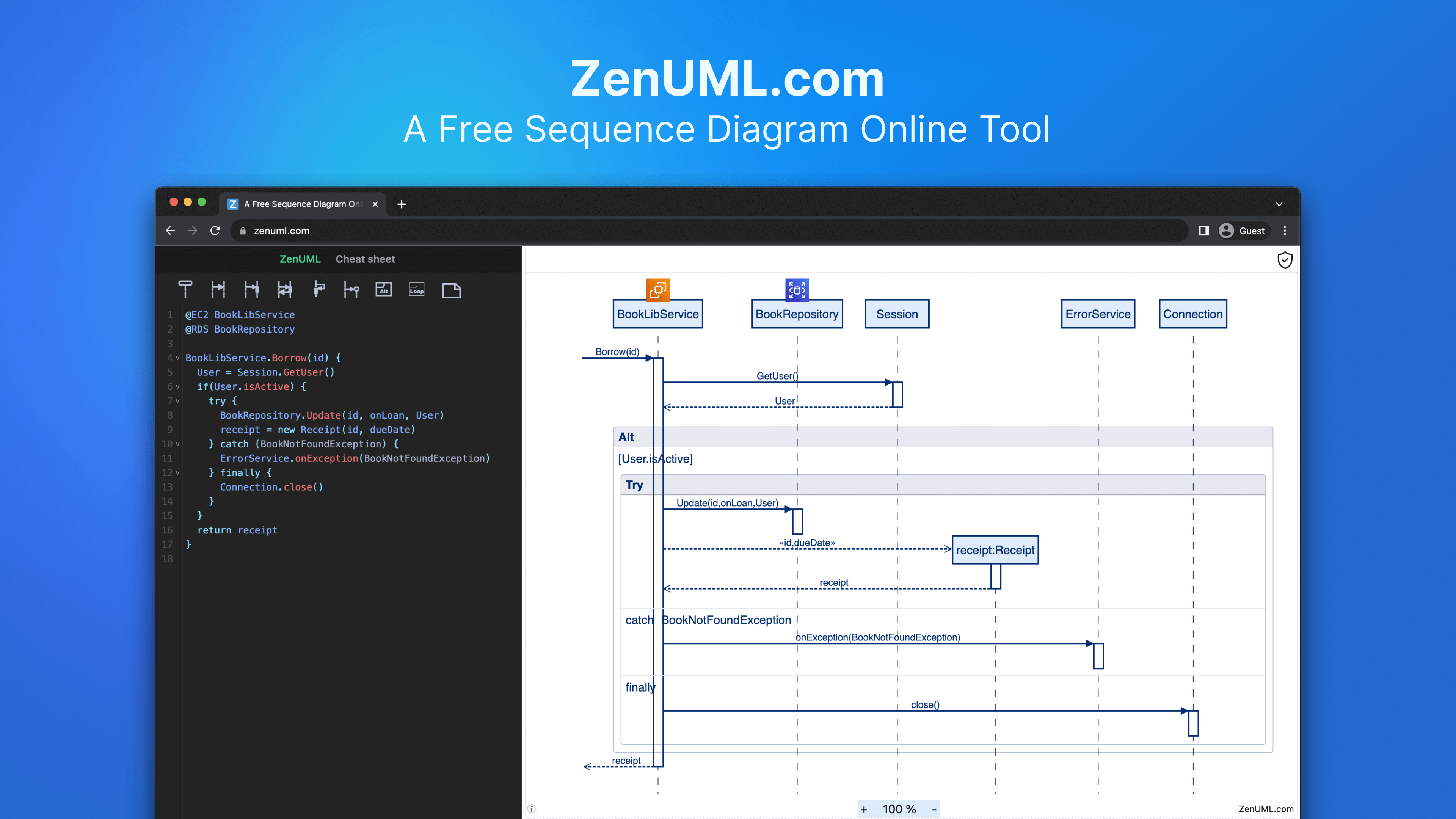Introduction
In the world of software development, the ability to create scalable and efficient systems is a critical concern. As systems grow in complexity, the need for effective communication and collaboration among development teams becomes increasingly important. One tool that has proven invaluable in this endeavor is the sequence diagram, a powerful visual representation of the interactions between system components.
Sequence diagrams are a type of Unified Modeling Language (UML) diagram that depicts the flow of messages and interactions between different objects or components within a system. These diagrams provide a clear and concise way to understand the dynamic behavior of a system, making them an essential tool for system design, analysis, and documentation.
The Role of Sequence Diagrams in System Scalability
- Communication and Collaboration Sequence diagrams facilitate effective communication and collaboration among team members, enabling everyone to share a common understanding of the system's behavior. By visualizing the flow of messages and interactions, sequence diagrams help identify potential bottlenecks, optimize resource utilization, and ensure that the system is designed to handle increasing workloads.

- Complexity Management As systems grow in complexity, sequence diagrams become increasingly valuable. They provide a structured way to decompose complex systems into manageable components, making it easier to understand and reason about the system's behavior. By breaking down the system into smaller, more manageable parts, developers can better identify and address scalability challenges.

- Performance Optimization Sequence diagrams can be instrumental in identifying performance bottlenecks and optimizing system resources. By visualizing the flow of messages and interactions, developers can identify areas where resources are being overutilized or where unnecessary communication is occurring. This information can then be used to optimize the system's performance, ensuring that it can handle increasing workloads without compromising responsiveness or reliability.

- Scalability Testing and Validation Sequence diagrams play a crucial role in scalability testing and validation. By modeling the system's behavior, developers can simulate different load scenarios and evaluate the system's ability to handle increased workloads. This information can then be used to identify areas that require optimization or to guide the design of more scalable architectures.

Conclusion
In conclusion, sequence diagrams play a vital role in ensuring the scalability of complex software systems. By facilitating effective communication and collaboration, managing complexity, optimizing performance, and enabling scalability testing and validation, sequence diagrams have become an indispensable tool in the software development arsenal.
As systems continue to grow in complexity, the need for effective tools to manage and optimize scalability will only become more pressing. By leveraging the power of sequence diagrams, software teams can unlock new levels of efficiency, responsiveness, and reliability, paving the way for the next generation of scalable and high-performing systems.
I encourage you to explore the use of sequence diagrams in your own software development projects and experience the transformative impact they can have on system scalability. Share your experiences and insights in the comments below – your feedback and contributions will help us all learn and grow together.
Try ZenUML now!
Zenuml detailed feature roadmap available here.

